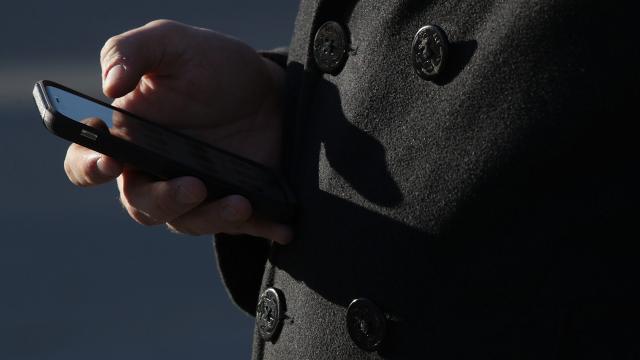Since the earliest days of mobile phones, a small but steady contingent of environmental activists, conspiracy-inclined folks and some scientists have warned about the hidden damage they could be causing to our bodies, due to the radio frequency energy mobile phones use to communicate with cell towers. They fear that this non-ionizing radiation could penetrate our cells and cause damage, increasing our risk of brain and head cancer.
But scientists elsewhere have dismissed this potential link as, at best, unproven and, at worst, utterly implausible. In a surprising move this week, however, the California Department of Public Health (CDPH) weighed in on the debate, warning people, especially kids, to stay away from mobile phones whenever possible.
The agency also issued guidelines on how to reduce exposure to radio frequency energy.
“Although the science is still evolving, there are concerns among some public health professionals and members of the public regarding long-term, high use exposure to the energy emitted by mobile phones,” Dr. Karen Smith, CDPH Director and State Public Health Officer, said in a statement. Aside from brain and head cancer, the guidelines note, radio frequency energy has been suspected of causing infertility, headaches and memory or learning problems.
The release of the guidelines hasn’t come without its share of drama. In 2014, KCRA reported, Joel Moskowitz, the director of University of California Berkeley’s Center for Family and Community Health at the University’s School of Public Health, sued the CDPH after they refused to make public a draft of the guidelines they had first developed in 2009 but chosen to hold back.
In legal briefs, the agency argued that the guidelines might have confused and alarmed the public since it then resembled guidelines issued by the Center for Disease Control and Prevention. The courts ruled in Moskowitz’s favour, and earlier this March, the CDPH released a draft, updated as of 2015, to the San Francisco Chronicle.
The current guidelines are a bit more extensive than the 2015 draft, including more steps on how to avoid radio frequency exposure. They include keeping your mobile phone off your body, keeping it away from your bed at night, and removing headsets when not on a call. It also advises not using the phone when the signal is weak and not using your phone to stream music and video or download large files — activities that can increase the amount of radio frequency energy mobile phones emit.
And it warns people not use products advertised as radio frequency blockers, since some of them might actually raise your exposure levels.
Of course, there’s still the larger question of who to believe about mobile phones. The World Health Organisation has categorized radio frequency energy as a Class 2B environmental agent, meaning it might be “possibly carcinogenic to humans”. Meanwhile, the Food and Drug Administration’s official stance is “that the weight of scientific evidence does not show an association between exposure to radio frequency from mobile phones and adverse health outcomes.”
And even throws shade at the WHO by pointing out that coffee, power lines and talc powder are also Class 2B agents.
For now, it’s fair to say there hasn’t been a smoking gun piece of research tying mobile phones to brain cancer. And while there’s unlikely to be a study that definitively disproves such a link (it’s hard to prove a negative), the scales do lean pretty heavily toward mobile phones being safe to use.
Then again, there’s also no harm in using your mobile phone less and given that we’re starting to find that too much screen time can be bad for our mental health, especially for teens, it might be worthwhile to spend more time away from your phone anyway.
Those inclined to wait for a better answer, though, might want to keep an eye on the COSMOS project, an ambitious study currently tracking the mobile phone usage and health of more than a half million people scattered across Europe. The study, which began in 2007, will follow these people for the next 20 to 30 years.
